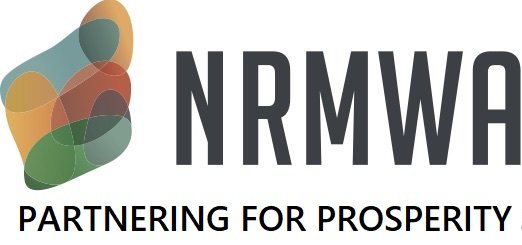Get involved
It is important to get involved. Creating groups and working together improves reach and outcomes.
Because feral cats and foxes range across privately and publicly managed areas, we need to take collective action to reduce their impact on, and significant threats to, our environment, agriculture and human health.
Working together is one of the best things we can do to manage feral cats and foxes; invasive species management programs are more likely to succeed when the community gets involved.
Starting your own feral cat and fox management program is a good first step. However, collaborating with your neighbours, creating groups and working together improves the reach and outcomes of a management program and provides better value for money.
Everyone can have a positive impact on feral cat and fox management. Individuals, groups, communities and organisations can all help management programs succeed.
Getting involved can take many forms:
- Learn about the impacts of feral cats and foxes. Share this information with others.
- Report sightings or impacts. Get the FeralScan app for iOS or Android devices or use the FeralScan website to share your feral cat or fox sightings or evidence (e.g. kill, track, scat) with your local community or management group.
- Participate in local meetings with groups in your region and help out in the field.
- Get organised: use PestSmart’s planning guides (Planning guide for feral cat management in Australia and Planning guide for fox management in Australia) and glovebox guides to put your plan into action.
- Develop your own management plan with the help of the PestSmart toolkits.
- Collaborate with your neighbours. Share concerns and ideas, pool resources and coordinate your management activities. If your neighbours have a management plan, ask if you can work with them or invite others to join yours.
- Improve your cross-boundary management. Establish or join a feral cat or fox management group. Check with your state agency office, Landcare, a (WA) Recognised Biosecurity Group or local Natural Resource Management group to see if they have a program running or have help to offer.
- Become a responsible pet cat owner, de-sex, microchip and contain your pet cat to both protect your loved pet and reduce it’s impact on wildlife, livestock and your neighbours.
- Contact the National Feral Cat and Fox Management Coordination team to let us know what you are up and and see how we might be able to provide support.
When everyone works together, a wider variety of ideas and experiences can lead to better solutions. Teamwork also creates a network of people who are informed, support and trust each other and work effectively towards management goals.
If possible, work together from the start. People are more likely to stay committed if they have been part of the planning process.

Develop a feral cat or fox management plan to work out what needs to be done when and by who. Photo: CISS, NFCFMC Program.

Participate in local meetings and training events to help with feral cat or fox management in your area. Photo: CISS, NFCFMC Program.

Collaborate with your neighbours to get better management outcomes. Photo: Judy Dunlop.
Regional groups
Across Australia, a dedicated network of regional community environmental, land and pest management groups are actively involved in feral cat and fox management.
Each group brings a unique approach and local knowledge to this nationwide effort to protect our native wildlife and ecosystems.
Find your local groups, learn about their work and how you can be part of their initiatives:
State links
Before undertaking control measures for feral cats or foxes, contact your regulatory authority to find out the rules that apply in your area:
Banner photo: CISS, NFCFMC Program.
























